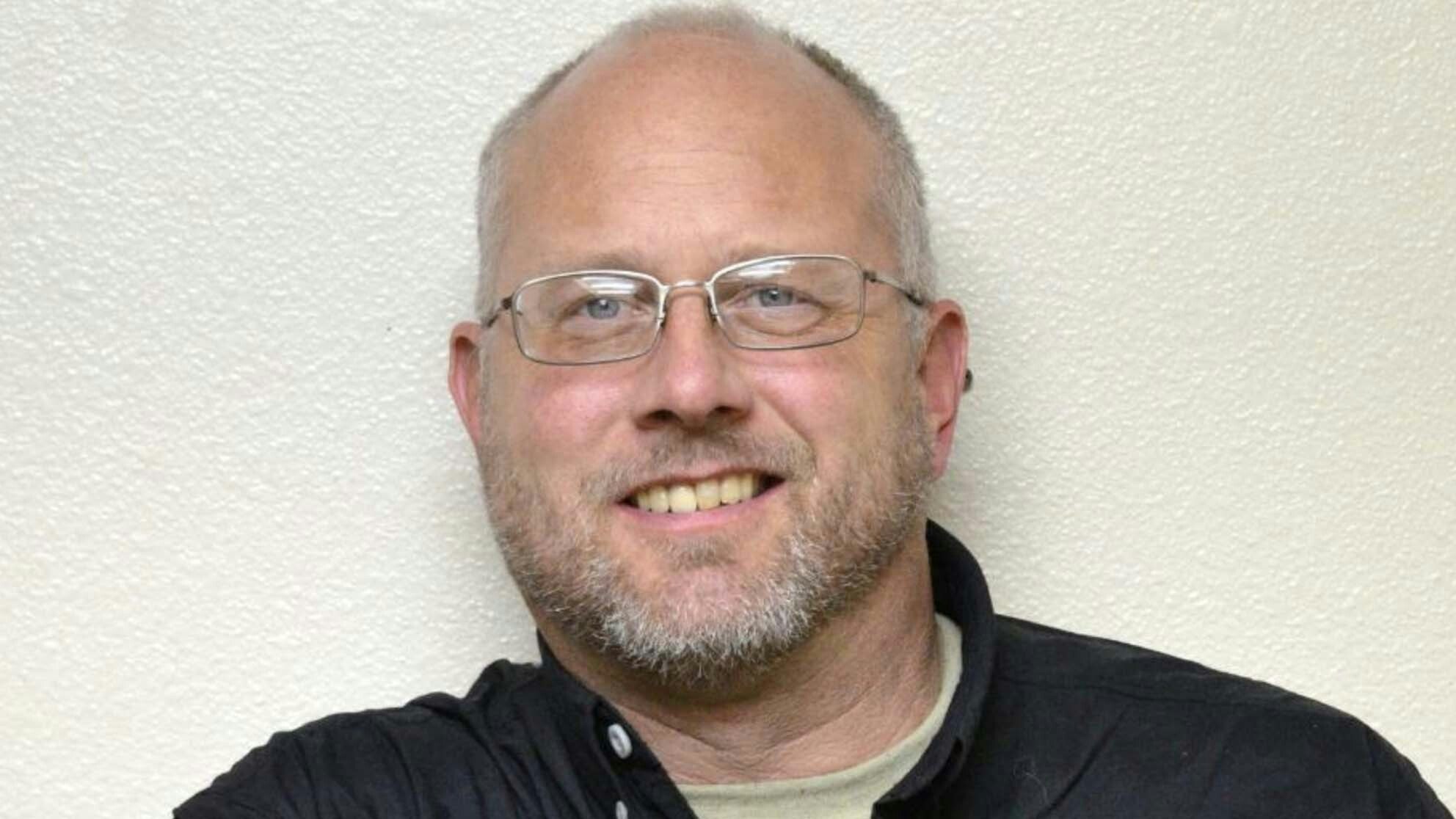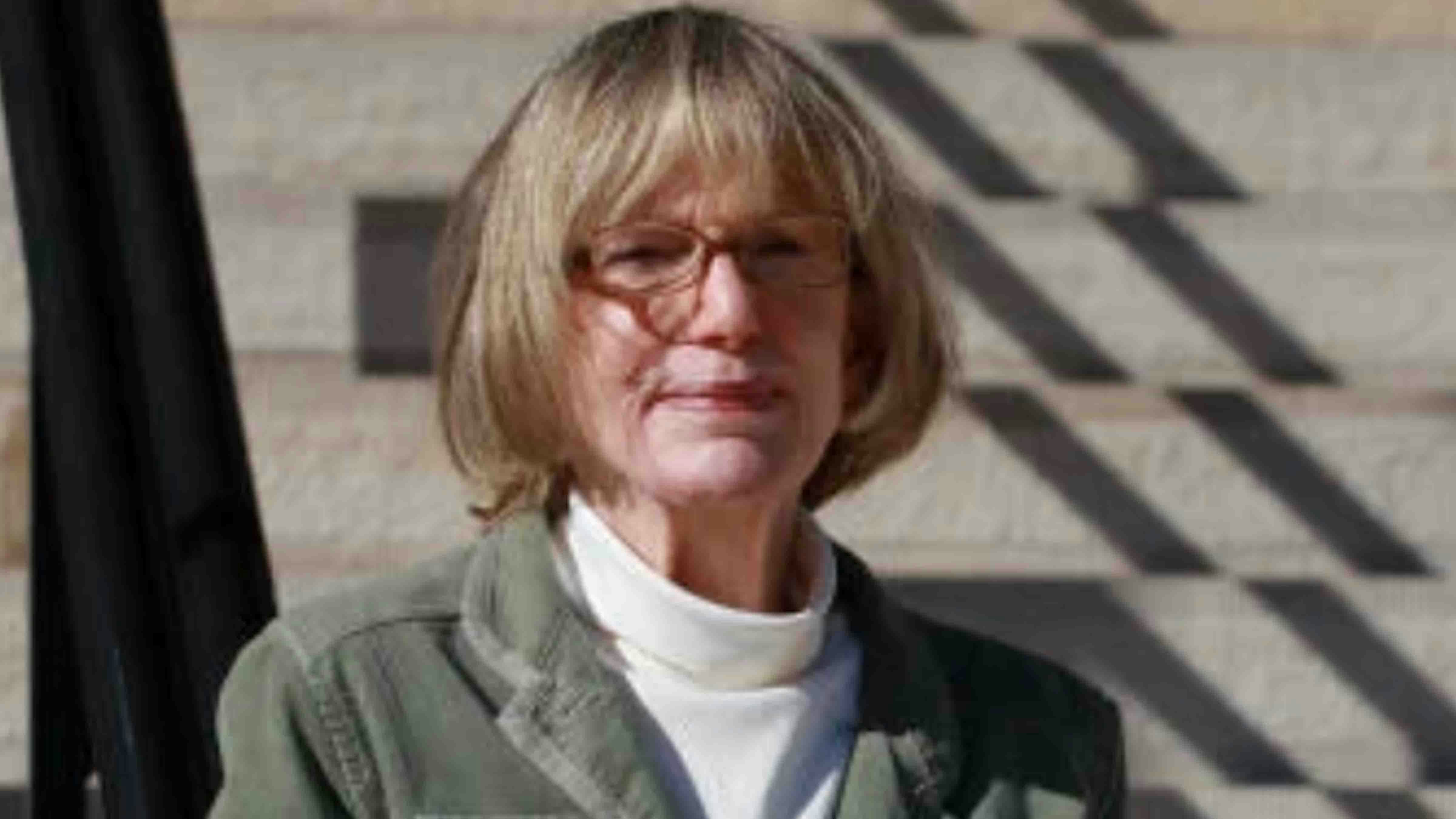Informed voters should not only know the character and the history of those who seek public office, but they should also know who is funding their campaign. Therefore, fair and transparent election laws not only regulate registration and voting rules, they also require candidates to open the books.
Wyoming’s law (W.S. 22-25-106) requires that political candidates file campaign finance reports seven days before every election. This provides voters time to scrutinize the contributions and expenditures of their local candidates. Don’t skip this important step.
For weeks, candidates have been making claims and counterclaims of “dark money” and out-of-state-interest groups backing their opponents. Now, voters have the means available to judge for themselves. Understanding the people and PACs (political action committees) behind a candidate is the final piece of due diligence that an informed voter owes to himself and fellow citizens.
Secretary of State Chuck Gray, makes this information easily available on the SOS website. Just click on the “Elections” tab and select “Campaign Finance.” Or go directly to Wyoming’s Campaign Finance Information System (WCFIS) at wycampaignfinance.gov. Once you are there, simply enter the name of any candidate or PAC. It’s that easy.
Thursday morning, I decided to poke around and see what I could see. The first thing that I learned is that it is as easy as pie. Don’t be intimidated by the notion of wading through reams of technical information. Most candidates had only about a dozen campaign contributions. Although high-profile campaigns might have three times that.
In only a few minutes, I was already developing a far clearer picture of our local races. Three simple metrics stood out. First, how much did the candidate give to his own campaign? Second, how many locals contributed? Third, how much was given by PACs (i.e. Political Action Committees)?
Allow me to illustrate by a momentary foray into the weeds of the three-way race for Senate District 14. As Cowboy State Daily reported, Albert Sommers’ campaign received the third-highest amount of money, $47,708. More than $20,000 of this came from twenty PACs and the governor’s immediate family.
By contrast, Laura Taliaferro-Pearson’s $21,907 campaign is funded by four dozen individual Wyomingites and only one PAC; and $21,368 of Bill Winney’s $21,393 war chest came out of his own pocket. However you interpret it, that’s important information.
Turning to the spending side, WCFIS reveals that Sommers’ top four expenditures—almost $23,000—were spent on Colorado consultants while Pearson’s top four ($12,187) were for signs, mailers and radio ads. Winney’s top four expenditures ($10,601) were split 60/40 between signs and consulting.
Draw your own conclusions. My only point is to emphasize how much you can learn by spending a few minutes on wycampaignfinance.gov.
The wide divergence between PAC-funded candidacies and individually-funded candidacies is a phenomenon that appears again and again in races across the state.
Consider the race featuring the second-highest amount of contributions.
In that race for Senate District 22 Barry Crago filled his campaign coffers with money from 25 different PACs--both statewide and national. By contrast, Mark Jennings’ only PAC money came from “Alan Jaggi-Constitutional Issues.”
PAC money is given under pleasant-sounding names such as Gov. Gordon’s “Prosperity and Commerce PAC,” or “American Clean Power Association PAC.”
But behind such anonymous monikers lurks serious out-of-state money.
For instance, WCFIS reveals that the American Clean Power Association poured more than $200,000 anonymous dollars into state legislative races. And, this was supplemented by tens of thousands of additional dollars from dozens of other PACs and corporations outside of Wyoming.
If you wonder why Wyoming’s coal industry is under assault and windmills clutter the skyline, the answer may be right under your nose at the secretary of state’s campaign finance website.
Make your way to wycampaignfinance.gov and look up the candidates that will appear on your ballot next Tuesday. Learn which of your neighbors endorsed them by a cash donation. In a small state like Wyoming, that’s saying a lot.
I have written previously that the relatively tiny population of Wyoming gives individual voters privileges that other states’ citizens can only dream of. Our personal ability to understand campaign finance ties is just such a privilege.
The key to America’s success has always been its educated and informed electorate. Wyoming’s Campaign Finance Information System is an indispensable tool that the secretary of state makes available to peer into the darkness of dark money and to enlighten Wyoming’s voters.
Give it a go. It’s easier than you think. And it will help you be a better voter.
Jonathan Lange is a Lutheran Church—Missouri Synod pastor in Evanston and Kemmerer and serves the Wyoming Pastors Network. Follow his blog at https://jonathanlange.substack.com/. Email: JLange64@protonmail.com.





